Let’s Eat Some 8 Month Old Raw Eggs!
This post may contain affiliate links. Read my disclosure policy here.
Ok y’all.
The time has come.
If you remember, we waterglassed a whole bunch of eggs in a 5-gallon bucket about 8 months ago.
Today I’m going to take some of the eggs out and see if they kill me.
Just kidding.
I’ll do some freshness tests first 😉
And then I’ll see if they kill me.

Let’s Eat Some 8 Month Old Raw Eggs!
I’ve had so many questions about how the eggs are after at least 6 months. How they do with the float test. How they taste.
They have been at room temperature in our upstairs storage. Our house isn’t insulated so the upstairs gets quite hot in the summer, up to 100 degrees at times. That definitely isn’t ideal for food storage, but we don’t have a crawlspace, basement, or any other option. So this will be a really good test since they’ve gone 7 months in not-the-most-optimal conditions.
What is waterglassing anyway?
This is an age-old technique of preserving raw eggs in the shell at room temperature using hydrated lime. These can last for 8 months to a year, and sometimes up to even 2 years!
Here are my instructions on how to do it:
What to expect when you open the bucket after 8 months
When you bring down your bucket from storage and open it up it’ll look a bit different than it did 7 months ago. The hydrated lime settles to the bottom and it doesn’t have the best smell. It’s not supposed to smell rotten, just slightly fishy. Not really like just a bucket of water, ya know?
If all the eggs are settled to the bottom then that is a great sign! That means that at least the top ones haven’t gone bad.
Before doing any tests, I like to take the egg out and rinse it off. So that when I break it none of the hydrated lime gets on the white or yolk. We don’t wanna eat any of that stuff!
Yucko stinko (a common phrase in my family)!
Freshness tests
Now we can do some freshness tests! There are a couple different methods that are fun to try, but by far I like the float test the best. It seems like the most reliable and it’s very simple.
The float test
To do this, you fill a bowl with cool water and set the eggs in the bowl. Three different things may happen depending on the freshness.
- If it sinks to the bottom, turns on its side, and stays there, it is very fresh.
- If the egg sinks but floats at an angle or stands on end, the egg is a bit older but still fine to eat.
- Or if the egg floats, it’s too old and should be thrown out.
This is because, as eggs age, the shell becomes more porous, allowing air to flow through. The more air coming in through the shell, the larger the air cell becomes (the pocket of air between the membrane and shell in the larger end of the egg). The air sac, when large enough, makes the egg float.
Egg white test
To do this test, you crack the egg on a plate. This is a good method if you are planning on cracking the eggs before adding them to a baking mixture anyway.
Once it is cracked on the plate you closely inspect the egg. You want the white to be fairly thick and should not spread far from the yolk. It also looks slightly cloudy when it’s fresh. If it is runny, watery, or clear then you’ll know it has gone bad.
You can also inspect the yolk. It should be round, compact, and stay in the center of the white. If it slides way to the edge of the runny white, or if it is slightly flat on top instead of rounded then it isn’t as fresh.
Soooo…how did the eggs do during the tests?
All the eggs I’ve tested have done fabulously in both tests.
In the float test they sunk all the way to the bottom just the like fresh egg I tested.
And in the egg white test, they were still quite orange colored compared to the farm fresh ones. They weren’t quite as solid, the yolk was sagging just a bit, but not bad for being at room temperature for 8 months.
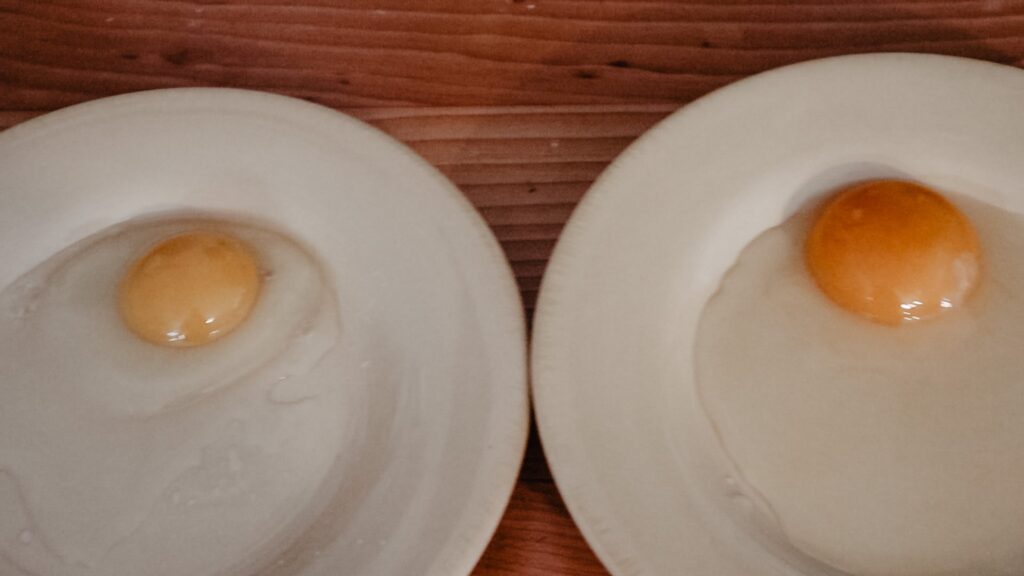
I also checked for any off-smell to the eggs while they were sitting on the plate cracked. And they smelled just like completely fresh eggs!
Watch how they did in the tests on YouTube!
Let’s Eat Some 8 Month Old Raw Eggs!
Now let’s actually eat one.
Ready?
I fried a farm fresh egg and an 8 month old egg for comparison.
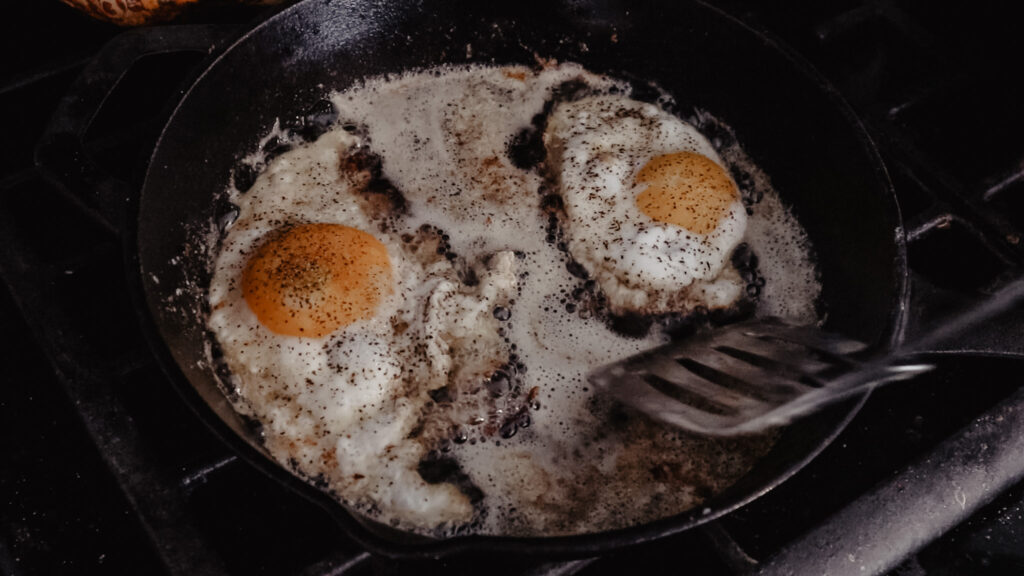
The first time is a little scary. Just the thought that is is 8 months old gets in your head. Ya know?
But it tastes amazing! To me it tastes just like the fresh one!
Boom. Mind blown.
It is unbelievable that this is a thing. And it is such a blessing to have raw eggs to use now that the hens have stopped laying this winter!
And also remember that these were not even in a temperature controlled environment. If they were stored in a basement or somewhere consistently cool they would last even longer. They would be even fresher at 8 months, and for sure would last to a full year (some people even report them lasting to 2 years)!
So me thinks its safe to say that this is totally worth it. As long as we have extra eggs during the summer we will definitely be saving them using this method!
And blessings!
Pin it for later!
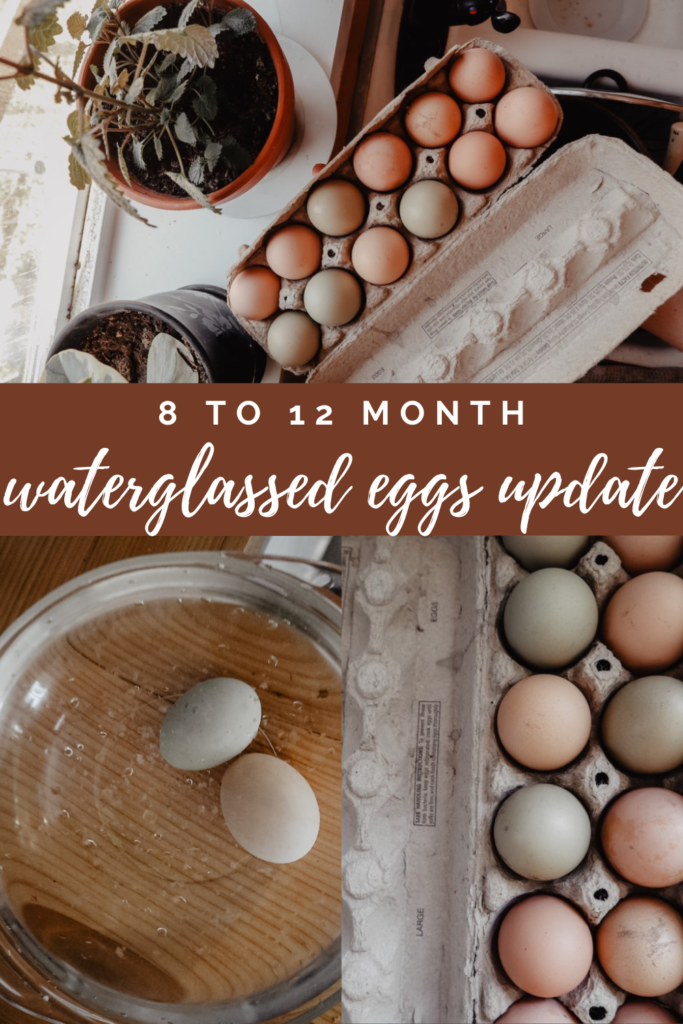
Let’s Eat Some 8 Month Old Raw Eggs!

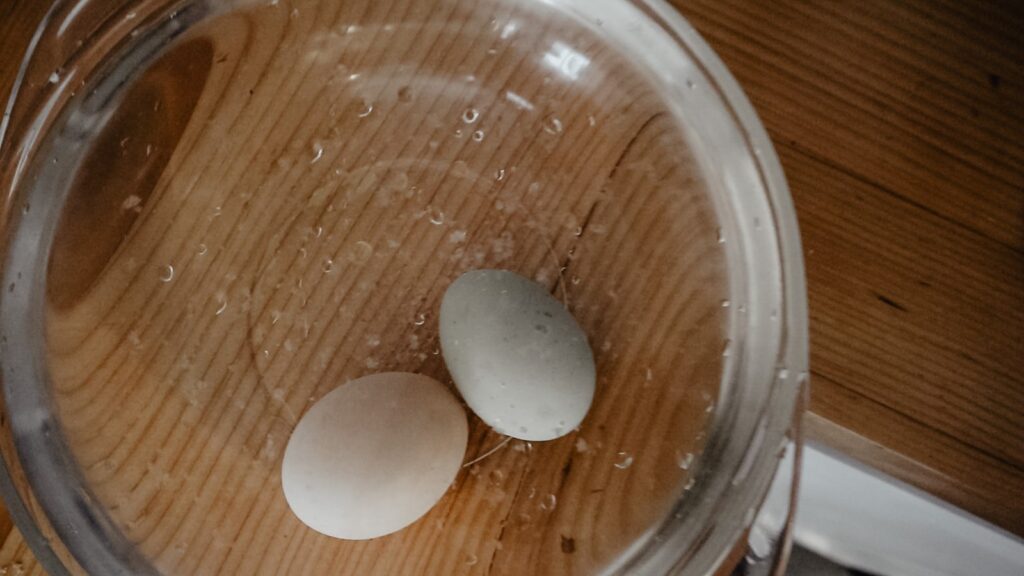
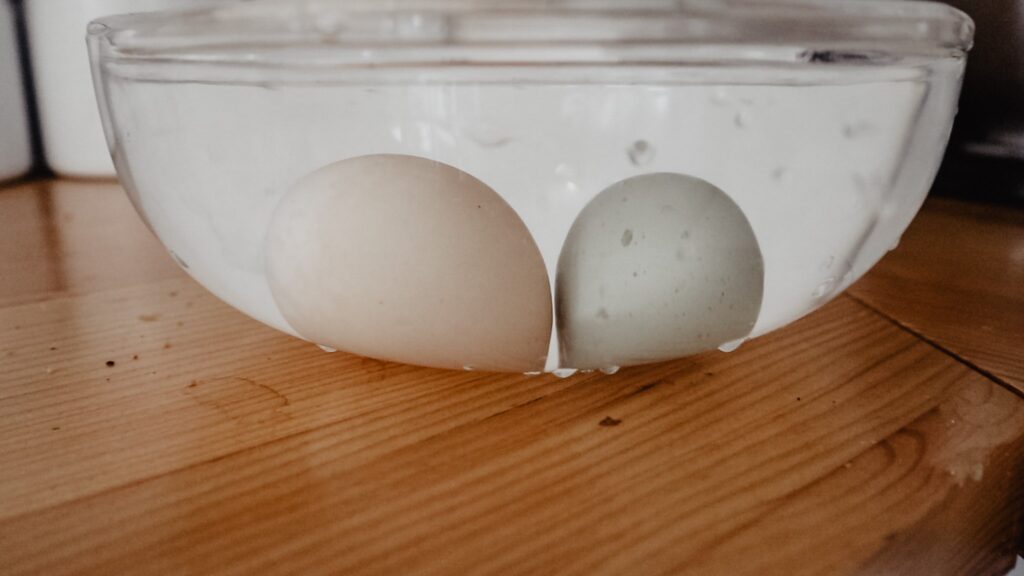
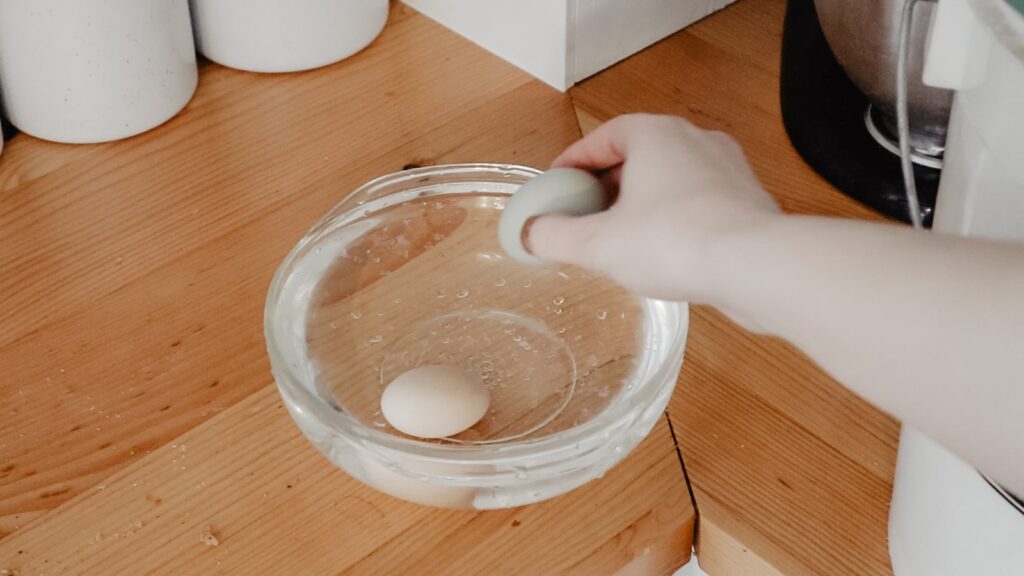
I posted this in a different thread, but I’d like to get the largest exposure possible. We are trying the lime water preservation method for the first time. We have found that our water is crusted with a crystalized lime-scum layer. Has anyone else experienced this? Is it safe? Is it normal? Is it something I need to deal with????
Totally totally normal, mine does the same thing 🙂 You can just leave it, no need to scrape it off or anything.